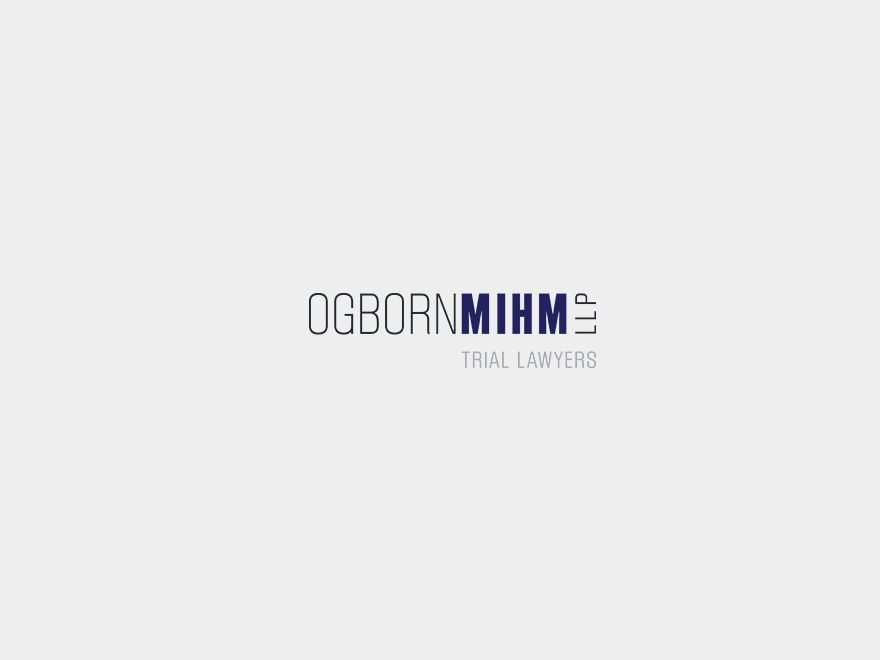Video Transcript
MIKE OGBORN: The process of learning your client’s story begins the first day they walk in the door.
MURRAY OGBORN: You have to take time with your clients, you have to pay attention to them and most of all you have to get to know them individually. Whether they’re a corporate officer, a mom and pop business operation or an individual. Unless you know them personally and unless you’re walking in their moccasins during one of the most important times of their lives, we can’t adequately represent them, we can’t tell their story.
MIKE OGBORN: As a trial lawyer, one of the things I do is I have to tell my client’s story to the jury. It’s important on how you tell that story because you want to do it in a way that that jury is going to learn and be persuaded by what they’re hearing.
MICHAEL MIHM: Putting together a trial and preparing a case for trial is a little bit like making a movie. When a film studio makes a movie, they shoot hundreds of hours, take dozens of takes, and they distill all that material down to 120 minutes or so to make a compelling story. Anything that doesn’t move that story forward ends up on the cutting room floor.
We do the same thing when we’re preparing for trial. We have sometimes thousands of documents, dozens of witnesses, many, many depositions. What we try to do is distill that mass of evidence and paper down to its essence so that we can put on a clear, simple and convincing story at trial that moves the jury, motivates the jury to do something.
MIKE OGBORN: That whole story is important and it is important for us to know as legal representatives because by knowing that story, we’re better able to represent the person.






